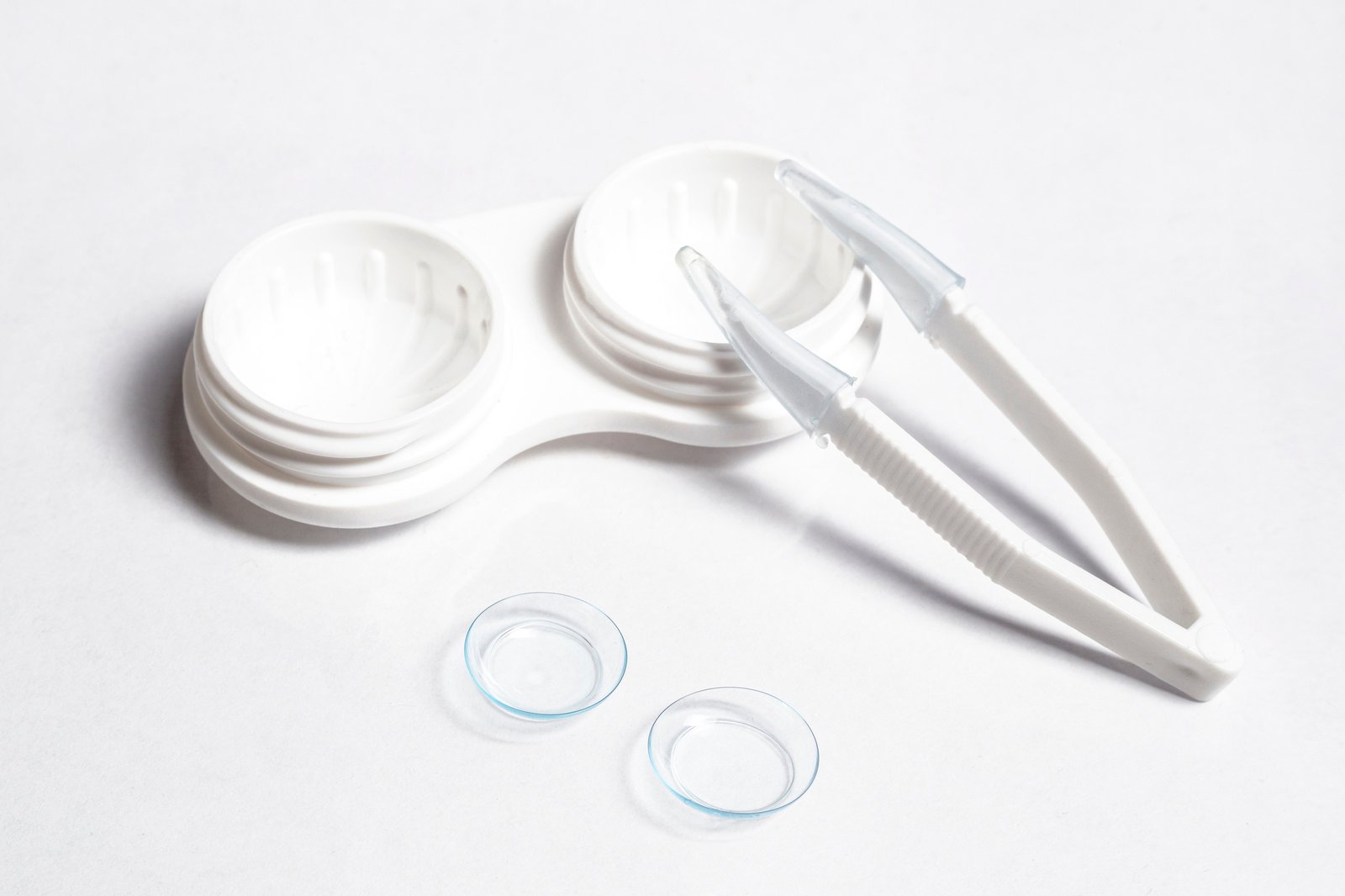

When cataracts cloud your vision, the natural step is to replace the cloudy lens with an artificial intraocular lens or IOL. That choice can shape how you see for many years.
At Jeevan Sparsh Eye Hospital, we guide patients through that decision with exacting measurements, clear explanations and an emphasis on matching a lens to a person’s lifestyle, not just their eye numbers. The hospital offers premium lens options and advanced cataract care, so patients can consider a range of choices under expert counsel.
An intraocular lens is a clear implant placed inside the eye after the cloudy natural lens is removed. It focuses light on the retina in the same way the natural lens once did. Unlike glasses or contact lenses, an IOL sits inside the eye permanently and is designed to last without frequent replacement.
Knowing the main types of IOLs helps you understand trade-offs before you meet your surgeon.
Monofocal lenses are the most commonly used IOLs.
They are usually set for clear distance vision, which means many people still need reading glasses for close work.
Monofocal lenses are reliable and tend to produce excellent contrast and night vision with fewer visual side effects. For patients who want predictability and lower chances of halos or glare, monofocal IOLs are often the straightforward choice.
Toric IOLs are a smart option when the eye has astigmatism, which is an irregular curvature of the cornea that blurs vision at all distances. Toric lenses correct astigmatism while also treating the cataract, reducing the need for cylindrical prescription glasses after surgery.
Because Jeevan Sparsh Eye Hospital offers toric and premium lens implants, patients with corneal astigmatism can often combine cataract removal and astigmatism correction in one procedure.
If freedom from glasses is a priority, multifocal and extended depth of focus (EDOF) lenses provide alternatives. Multifocal IOLs are designed with zones that give usable vision at near and far distances.
EDOF lenses extend the range of focus and often provide excellent intermediate and distance vision while reducing some of the nighttime visual effects associated with older multifocal designs.
These premium lenses can reduce dependence on spectacles for many daily activities, but they also involve trade-offs in contrast sensitivity and the possibility of glare or halos, especially in low light. Most patients adapt well, but it is important to weigh those factors before choosing a premium IOL.
There are also accommodating lenses that attempt to mimic the natural focusing action of the eye. These lenses move or change shape slightly with the eye’s focusing muscles to improve near vision as well as distance.
Their performance varies from patient to patient, and they may not fully replace reading glasses for every activity.
The choice among monofocal, toric, multifocal, EDOF or accommodating lenses depends on your priorities (whether that is driving at night, reading small print or having minimal dependence on spectacles).
Choosing the right IOL begins with a careful preoperative assessment.
At Jeevan Sparsh, the team measures corneal shape, pupil size, retinal health and the presence of any astigmatism. These measurements help the surgeon predict how a particular lens will perform in your eye.
Your lifestyle matters as much as your eye measurements.
Do you read for long stretches, work on a computer, spend significant time outdoors or drive at night? Those daily habits guide the lens recommendations, because what you do matters more than what your prescription says on paper.
Discussing trade-offs openly is part of the process.
A monofocal lens may offer very crisp night vision and excellent contrast, but you may still need reading glasses. A multifocal or EDOF lens can reduce your dependence on spectacles but may cause some night-time glare.
Toric lenses correct astigmatism but must be aligned precisely at surgery for the best result. Surgeons at Jeevan Sparsh explain these considerations in plain language so you can make an informed choice that fits your expectations.
Surgical precision and postoperative care are the other half of success. Choosing a premium lens is only valuable if the implantation is precise and the eye is healthy.
Jeevan Sparsh Eye Hospital combines advanced diagnostics, experienced surgical technique and personalized follow-up care to optimize outcomes. Follow-up visits ensure that the lens is stable, refractive results are on target and any visual symptoms are addressed promptly as the eye heals.
In short, there is no one-size-fits-all IOL. The right lens for you balances how you want to use your eyes, what trade-offs you accept, and what your eye anatomy permits.
When you consult with the team at Jeevan Sparsh, you receive a tailored recommendation based on precise measurements, an honest discussion of benefits and limitations and support through every step of the surgical journey.
If you are considering cataract surgery and want a lens recommendation that suits your life, comfort and vision goals, schedule a lens consultation at Jeevan Sparsh Eye Hospital. The right IOL can restore clarity and free you from the daily compromises of impaired vision.